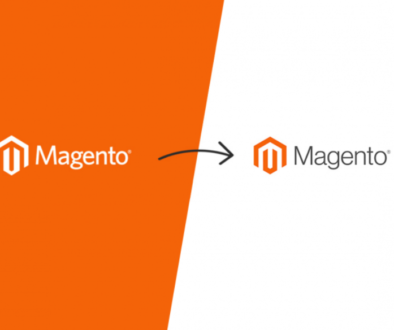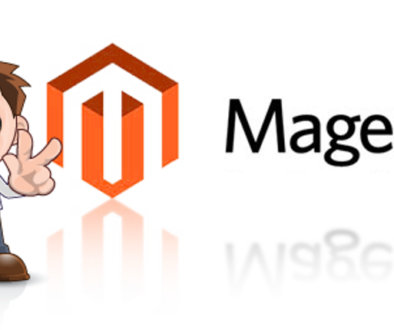7 Most Common E-Commerce Design Mistakes
7 Most Common E-Commerce Design Mistakes
In the world of e-commerce design, there are many ways to maximize your e-commerce business. But there are also ways to miss a lot of important opportunities.
Selling goods online can be a great way to expand your business. Here are a few ways to make sure you don’t over-look some of the basics of e-commerce design when moving your business into the next step of technology.
1. Detailed product descriptions
If you’re trying to compete with brick and mortar businesses, you should be mindful that you’re trying to make the consumer aware of your product with words.
In the real world, a consumer can pick up and interact with the product. However, when the product is online, all of the information is viewed virtually. This is why we have to use descriptions that accurately portray the details of all of our products in e-commerce design.
Sizes, materials, weight, dimensions, and any other pertinent information, are all important factors for getting the message across.
2. Cumbersome or long checkout.
In e-commerce design the obvious goal is conversion. Such a simple concept, yet so many retailers fail to provide consumers with an easy checkout process.
Ideally, you will want a short and clear method of purchase. The shortest and easiest path to entry of payment information will yield higher conversions. Having too many steps to finish at checkout only gives the consumer more chances to navigate away.
The best solution is single page checkout. This allows the customer to review the cart and enter information, and then confirm the purchase.
3. Registration or account requirement.
Making the sale is obviously more important then data collection in e-commerce design. Offer to save or create the account after the purchase. All the information has already been entered and you can entice them to register by indication order tracking and other options are available when you register. The consumer will be less resistant since the order is complete, the information is already entered, and there is now a perceived value.
4. Shipping information.
Not understanding how much shipping is going to cost can be a huge deterrent. You might have found that the product you found for dirt cheap has a $400 shipping charge. Imagine how frustrating that would be to find out when you have to confirm the order.
Too many sites do not show shipping until you are checking out. This withholding of information is not useful at all to anyone.
Give the consumer all the info they need to proceed with the order. Explain shipping rates, have shipping calculators, and show any shipping based deals.
5. Site product searching ability.
Sadly it’s the case that most sites do not provide a useful enough search method.
The use of filters and categories can help the consumer refine their search to their needs. A search that either returns either too much data or data that is irrelevant can be frustrating for the consumer.
Your e-commerce design platform should have a solid search engine. Plugins are also available for many platforms to extend the search capability. Results should be sortable as well. This gives the consumer as many tools to make a decision as they need.
6. Hard to find store policies.
It is helpful for the consumer to know what the shipping, returns, and other rules are for your business. While a lot of this can be covered in an FAQ its still important to be as clear with this as you can. Restating it in another location is a good idea too. Transparency is reassuring to the consumer.
7. Shopping cart layout.
The presentation and features of your cart are vital to the shopping experience. The ability to have multiple items in the cart and manipulate quantities are essential.
The path of progress from adding an item is important too. Ideally you want to have the consumer add the item to the cart and either return them to the last page they were on, or never leave that page to begin with.
Another great idea is to have the items in the cart be links. That way if the customer wants to recheck something they can easily go to the product info.
If you can make a pop-up that covers this, it will keep you customer in the cart and closer to check out.


